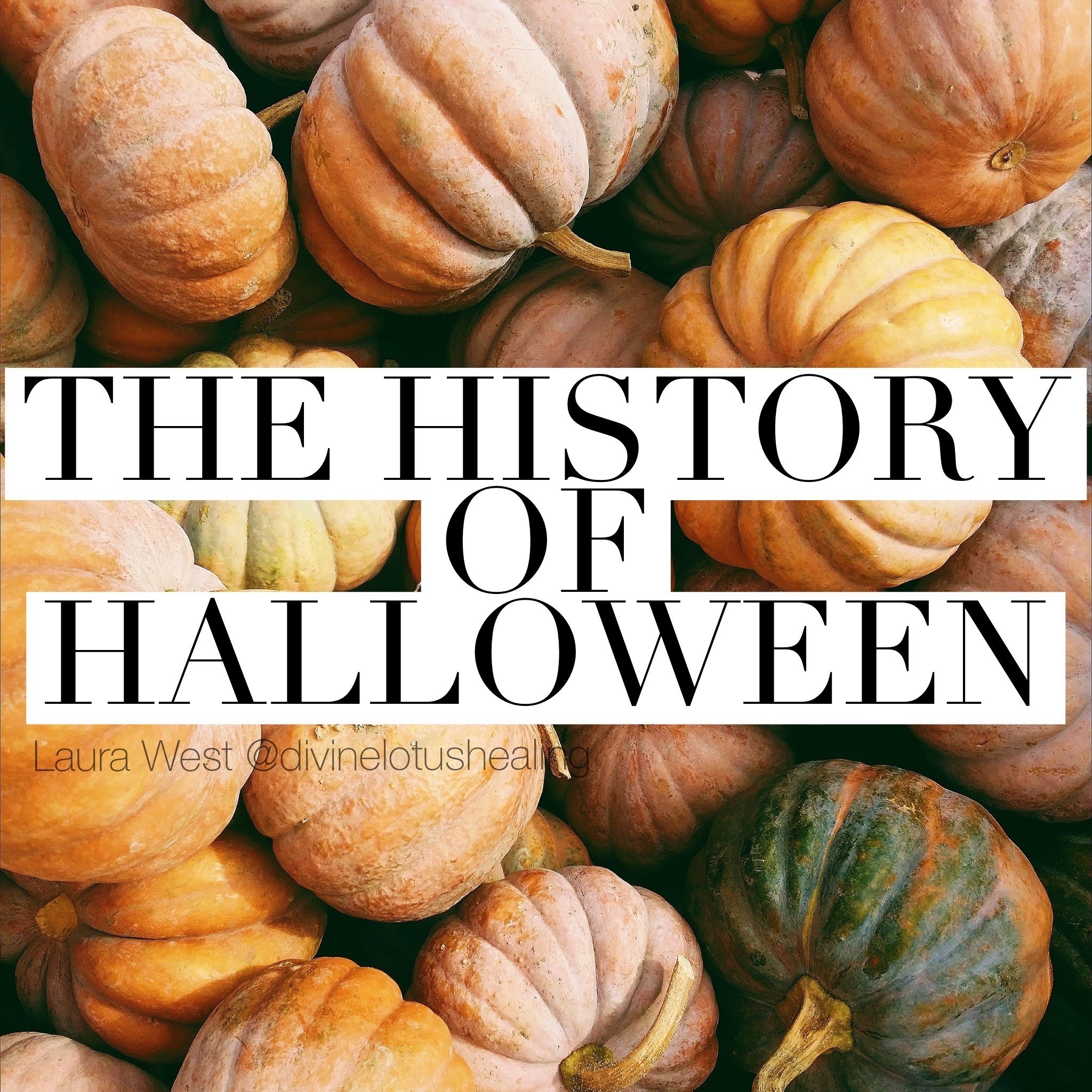
The History of Halloween
The History of Halloween is a long and complex one. Read or listen to find out more!
PODCAST
BLOG POST
Halloween falls on October 31st and is celebrated in many countries around the world. It has a long and interesting past that began 3000 years ago with ancient Celts in Ireland. The Celtic people of that time were nature worshipers, not part of any organized religion, rather honoring nature as a way of marking the changes of the seasons they saw around them.
The ancient Celts celebrated Samhain, pronounced Sah-win, on one night in late October. They believed that on this night, in the time between dusk and dawn, the spirits of people who had died in the past year could come back from their graves to visit the living. Not all who died were good beings. To lure these spirits away from their dwellings, the people would hold processions long into the night, marching out to the edges of their villages with offerings of food and sweets as a way to placate the dead. This offering of sweets is not unlike the trick-or-treating tradition of today.
Also on this night the people honored the gods. Believing the gods were in charge of shortening the days, the people would light bonfires to please them on this the night of the changing of the seasons. As a thank you for the fall harvest the people would offer up sacrifices of animals, burnt on the bonfires. Druid priests would read the burnt entrails of the animals and make predictions of who would die in the coming year. These predictions would spread as stories long into the night from village to village, not unlike the tradition of telling ghost stories today. Large rock mounds in Ireland, called fairy mounds, were (and still are) believed to house fairies who would come out on this special night to celebrate. Trick-or-treaters of today come out on one night dressed as these fairies as well!
Around this time in ancient Rome, the Romans also celebrated the changing of the seasons by honoring the goddess Pamona. She is the goddess of gardens and fruits. To thank her the people would lay out apples and nuts. The tradition of bobbing for apples in modern times comes from this honoring of Pamona. In 50 B.C. the Romans conquered Europe and the two traditions of Samhain and Pamona began to merge, honoring the dead and the harvest.
At the dawn of the 1st century, Pagans, who were like the Celts in many ways, worshiped nature and were not part of any formalized religion. Christianity was beginning to spread at this time. To gain control over the Pagans, Christian leaders pronounced that the worshiping of natural forces and multiple gods was demonic because the practice did not honor the one true god. They decried that the devil himself must be deceiving the people by displaying himself as multiple gods and goddesses, trying to trick the people. However, Pagan practices were so deeply ingrained in public traditions, it was hard to squash them.
In the 4th century the Roman Emperor Constantine, who himself was Pagan, had a vision of Christ and denounced his Paganism. He sent priests out to convert the masses. Baptism became popular around this time. In the year 600 Pope Gregory I attempted to rid the land of the Pagan nature worshiping traditions, so he sent out priests to convert the people. When they came upon groups of people worshiping a tree, instead of chopping the tree down, he had the priests consecrate the tree to Christ so the people could continue worshiping it, with the true worship of Christ taking place behind their actions.
The general public at this time did not like the idea in the Christian church that a person had to wait until their next lifetime to have a good life or to be a good person. The Church had to make Christianity more attractive so they blended practices from the old Pagan traditions with new Christian rituals. In the 8th century Pope Gregory III had enough of Pagans and their devil worshiping ways, so he challenged them head on by declaring Samhain, the most important day for them, a day of the church. November first was declared All Saint’s Day, also known as All Hallows Day. Hallow referred to the blessed saints that were to be honored on this day. The Eve of Hallows became known as All Hallows Evening which became shortened to Hallow-Ween. The contemporary people of this time continued to dress in costumes made of straw and animal skins. They would leave offerings to the dead, but now under the name of Halloween, not Samhain.
In the 10th century the Christian church declared November second to be All Souls Day, a day to remember everyone, saint or not. This did not shift the masses from celebrating their age-old traditions however. Around this time, the Church declared witches to be of the worst offense, especially on Halloween. The word witch comes from the old English word wicca which means wise one. Usually these wise ones were women and they were seen by the church to be powerful feminists who tapped into the dark sides of Halloween. These witches were usually the medicine and oracle givers in their villages and they were seen by the people to have much power. The Church stood in direct opposition to them.
In the 1400’s Church zealots hunted down many witches, calling them “Devil’s Handmaidens.” These women were portrayed as violent old hags who practiced devil worship. In 1486 Pope Innocent VIII published a book declaring a direct link between witchcraft and the devil. He outlawed the Pagan Celtic traditions all-together in large part because of the links to witches. They were dangerous icons because they upset the male centered universe of “Father, Son, and Holy Ghost.” These witches were put on trial all over Europe and were hanged or burned alive. In 1431 even Joan of Arc was found guilty of being a witch and was burned at the stake.
As the Church carried out these witch hunts, it associated all animals that these women kept as devils. Black cats especially were thought to be the souls of witches. Being nocturnal, these cats would go out masquerading as the witches in the night to cause harm to people. This is most likely where modern people get the idea that if you cross paths with a black cat at night it is bad luck. Bats are also linked to ancient Samhain traditions because when the people built bonfires, mosquitoes would be attracted to the heat, and bats would come to eat them. They could be seen in the dark, being so large, and became images associated with this Pagan holiday.
In the 16th century, the Church began to split and Martin Luther declared a thesis that attacked church dogma, which began the Protestant Reformation, thus changing the face of Christianity forever. He rejected all icons, popes and saints and the like, instead honoring the one true god. As a result, All Saints Day and All Hallows Eve became unpopular with the people who split off into Protestantism. On November 5th, 1605 the Catholic militant, Guy Fawkes, was arrested for attempting to blow up the mainly Protestant-run Parliament. Ever since that day, the English people have celebrated Guy Fawkes Night, by lighting fire crackers and bonfires. Since the holiday of Halloween and Guy Fawkes Night are so close together, many traditions became blended. In the weeks leading up to Guy Fawkes night children beg people for a penny for the Guy as they hold effigies of the man. This is not unlike the trick-or-treating of today.
In America in the 1600’s there were stark contrasts between Catholics and Protestants and how they celebrated Halloween. In the north, the Puritans held strict rules that the holiday was too Pagan. Anyone found guilty of being a witch was hunted down and hanged. In 1692 the Salem Witch Trials took place and 20 people were killed, 19 by hanging and 1 by the crushing of stones. In contrast, in Virginia Catholics celebrated the holiday with zeal, which labeled Virginia as the birthplace of Halloween in America. Adults would gather on this night to celebrate by telling ghost stories, divining for the future, and bobbing for apples.
These traditions continued well into the late 19th century where adults would stay up late with family and friends. Irish immigrants at this time were flocking to the north, bringing their Pagan traditions of celebrating Samhain with them. They discovered that carving faces into American pumpkins was much easier than the turnips they used back in Ireland. Thus, candles in pumpkins took hold.
By the end of the 19th century the associations of evil deeds and witchcraft were nearly gone from religious dogma and were replaced by a holiday the whole family could celebrate together. Friends, family, and neighbors would gather together in homes to play games, eat sweets, and tell ghost stories.
Things shifted in the beginning of the 20th century. Children began going out at night in their neighborhoods to make mischief. Soon, in popular culture Halloween became an unruly holiday filled with vandalism and children running amok. Towns across America had to do something. In the 1920’s, Anoka, Minnesota hosted the first civic parade where children gathered to dress up in costumes to march down Main Street. This cut down on the mischief making. Towns all over America followed suit. Today children dress up in costume and go door to door asking for candy.
In Mexico, people celebrate the Day of the Dead on All Souls Day, which has roots in Pagan traditions. The Mexican Church does not demonize the dead but instead encourages celebrations by families. They go out to grave sites and hold picnics and tell stories of past loved ones. Thus, we see the brightly colored iconic images of skeletons around this time of year.
Modern Pagans continue to celebrate Samhain in the old ways. Using firelight and the sacred symbol of the apple, cut into a 5 pointed star shape, they honor the goddess of nature on this night that marks the changing of the seasons and gives thanks to the fall harvest.
Do you celebrate Halloween? Share your experience in the comments below!

References:
Manwaring, K. (2006). The Bardic Handbook, The Complete Manual for the Twenty-First Century Bard. Glastonbury, England: Gothic Image Publications.
Unknown. (Executive Producer.) (2005, April 1). A Haunted History of Halloween. [Television Broadcast]. History Channel: A&E Networks.



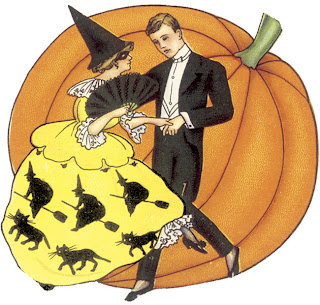

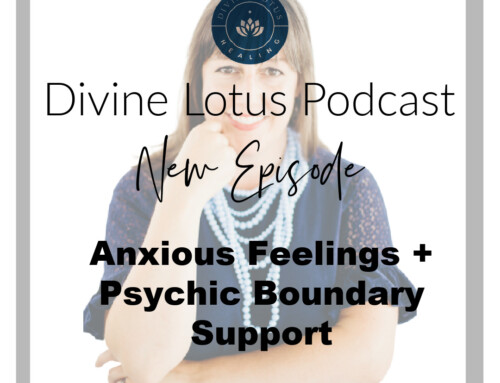


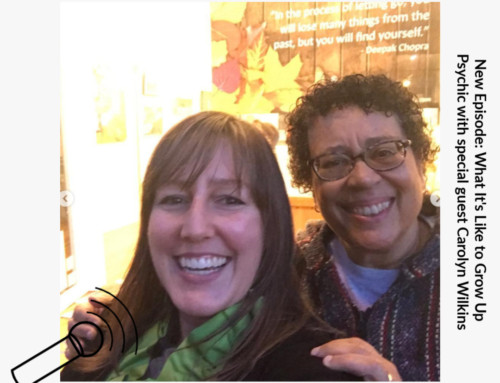




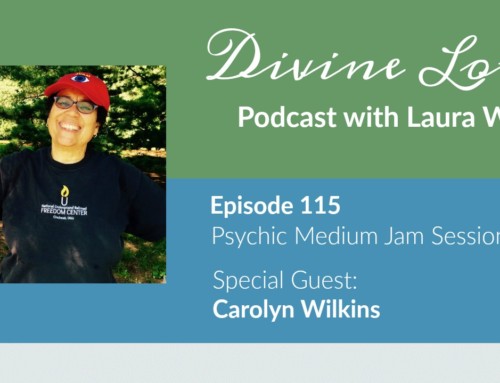
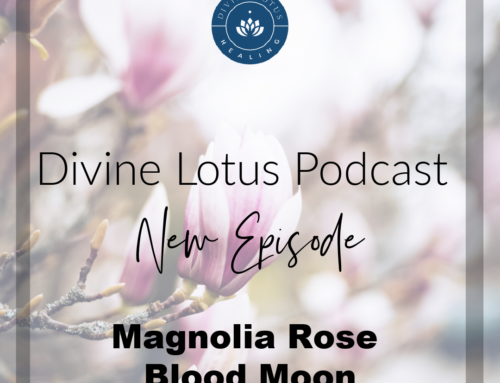



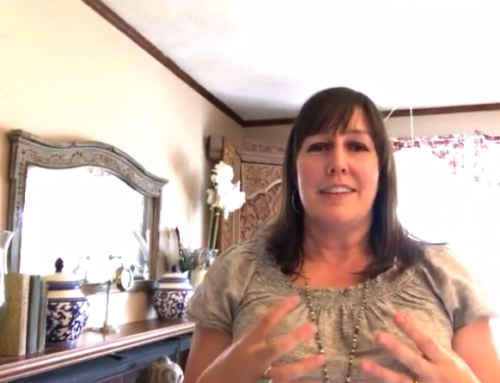
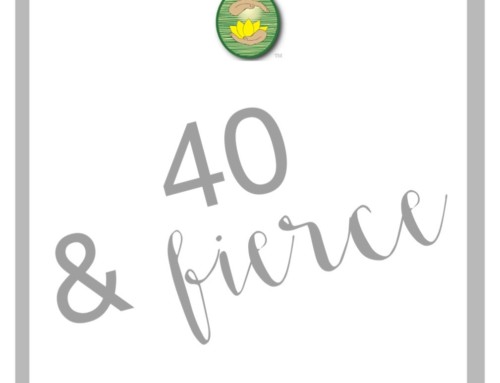



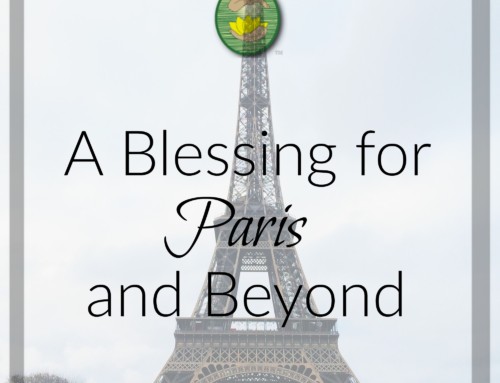
I love this article so much thank you for the great content!
You’re welcome Cailan, thank you for leaving such a nice comment. I appreciate your kindness!
NAMASTE!
Namaste Jaycupp. Many blessings to you.
Epic Comment!
Thank you Cora! 🙂
Excellent post!